
Baladas en Español is a Spanish language compilation album by Swedish pop duo Roxette, released on 21 October 1996 by EMI. The compilation was only issued in Spanish and Portuguese-speaking territories. It was a commercial success upon release, peaking in the top ten of several national record charts, and was certified gold or platinum in numerous territories, namely Argentina, Brazil, Mexico and Spain. As of 2001, the record sold in excess of 1.2 million copies worldwide.

Mexican recording artist Luis Miguel has released 21 studio albums, 30 compilation albums, three extended plays (EP) two live albums, two soundtrack albums and five box set. Luis Miguel has sold over 60 million records, making him one of the best-selling Latin music artists of all time. Luis Miguel is also the artist with the second-most number ones on the Billboard Top Latin Albums chart with nine albums. At the age of 11, he released his debut studio album, Un Sol (1982), which was certified platinum and gold in Mexico. The artist would release four more studio albums under the record label EMI: Directo al Corazón (1982), Decídete (1983), También es Rock (1984), and Palabra de Honor (1984). A Portuguese-language version of Decídete and Palabra de Honor were released in Brazil as Decide Amor and Meu Sonho Perdido, respectively. Luis Miguel made his acting debut in the film as the lead role on Ya nunca más (1984) and recorded its soundtrack. In 1985, he participated in the Sanremo Music Festival 1985 with the song "Noi ragazzi di oggi"; it placed second in the Big Artist category and was later included on the Italian-language edition of Palabra de Honor. In the same year, Luis Miguel recorded the soundtrack for the film Fiebre de amor, which he co-starred with fellow Mexican singer Lucero.
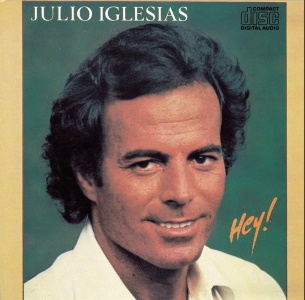
Hey! is an album by Julio Iglesias. It was released in 1980 by Columbia Records. In 1981, Iglesias was nominated for a Grammy Award for the album under the Latin Pop Album category.
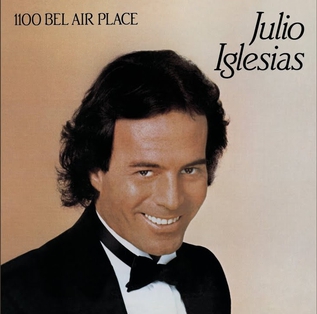
1100 Bel Air Place is an album of love songs performed by Spanish singer Julio Iglesias, released on 10 August 1984 by CBS Records internationally and by Columbia Records in the United States. It was the first of Iglesias' albums to be performed largely in English, and it is generally considered his breakthrough album in English-speaking markets.

Aries is the ninth studio album by Mexican recording artist Luis Miguel. It was released by WEA Latina on 22 June 1993. After attaining commercial success in 1991 with his previous album, Romance, Luis Miguel decided to return to a style similar to his earlier work, featuring pop ballads and dance numbers with R&B influences. The record was produced by Miguel, who was assisted by Kiko Cibrian, Rudy Pérez, David Foster, and Juan Luis Guerra.
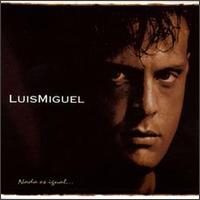
Nada Es Igual, stylized as Nada Es Igual, is the eleventh studio album by Mexican recording artist Luis Miguel. It was released by WEA Latina on 20 August 1996. The album has a musical style similar to his previous pop album Aries (1993) on which Miguel performs power ballads and R&B tunes. Recording took place at the Record Plant Studios in February 1996, with production handled by Miguel and his longtime associate Kiko Cibrian. Its songwriting was assisted by Cibrian, Rudy Pérez, and Alejandro Lerner. The album was promoted by three singles: "Dame", "Cómo Es Posible Que a Mi Lado", and "Que Tú Te Vas"; the former became the most successful single reaching number two and number one on the Billboard Hot Latin Songs and Latin Pop Songs charts, respectively. To further promote the recording, Miguel launched the Tour America 1996 where he performed in several South American countries.
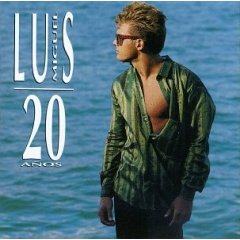
20 años is the seventh studio album recorded by Mexican singer Luis Miguel, It was released by WEA Latina on May 18, 1990. The album was produced by Spanish singer-songwriter, composer and record producer Juan Carlos Calderón, who had worked on the two previous albums by Luis Miguel, and was a massive success across Latin-America, Spain, and with Hispanic listeners in the United States. A large majority of the tracks from the album received radio airplay, but the songs officially issued as singles were "Tengo Todo Excepto A Tí", "Entrégate", "Amante del Amor", "Hoy el aire huele a ti", "Más allá de todo" and "Será que no me amas".

Mis Boleros Favoritos is a compilation album by Mexican singer Luis Miguel. Released on 8 October 2002 by Warner Music Latina, it contains thirteen previously-recorded songs from the Romance-themed albums as well as a new track "Hasta Que Vuelvas". A special edition of the record was released on the same day and includes a DVD containing seven music videos from the bolero-themed discs. "Hasta Que Vuelvas" was released as a single for the album and peaked at number 16 on Billboard's Hot Latin Songs chart in the United States. Iván Adaime of AllMusic gave the album a 3.5 out of 5 star rating citing that the new song and music videos are the only incentives for fans to buy it and noted the album's purpose to end the Romance era. "Hasta Que Vuelvas" received a Latin Grammy nomination for Record of the Year in 2003. Commercially, Mis Boleros Favoritos peaked at number three on Billboard's Top Latin Albums chart in the United States, number one in Spain, and number seven in Argentina.

Tango is a studio album released by Spanish singer Julio Iglesias on 19 November 1996. This album became his first number-one set on the Billboard Top Latin Albums and the recipient of a nomination for a Grammy Award for Best Latin Pop Album.
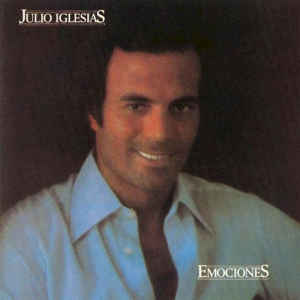
Emociones is a 1978 album by Spanish singer Julio Iglesias.

Libra (Pound) is a Julio Iglesias album released in 1985. The album was his first to reach number-one on the Latin Pop Album charts. Around this time, Iglesias returned to his roots, singing in his native Spanish again, although it had one English-language track, his version of Cole Porter's legendary classic "I've Got You Under My Skin". It was released as a single, and became a minor hit around Europe.

Raíces is a studio album by Julio Iglesias, released in 1989. It is an album in medley style of a collection of classic love songs from different countries. Raíces was nominated for a Lo Nuestro Award for Pop Album of the Year.
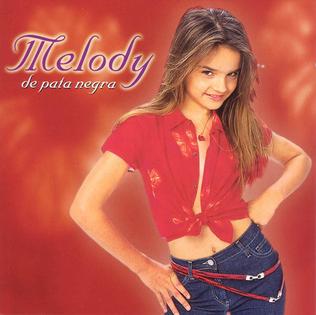
De pata negra is the first studio album by Spanish singer Melody. It was released in Spain two weeks after the single "El baile del gorila". The album sold more than 600,000 copies worldwide.

Un canto a Galicia is 1972 album by Julio Iglesias. The song of the same name which is actually sung in the Galician language also known as Gallego, and it was one of Iglesias's best known hits which led to him being known all over Europe and one of the top three artists in Latin America by 1975. Billboard cites it as Iglesias's "first big sales success", and that he also recorded it in Japanese and German, with notable success in Europe, Japan and Mexico.
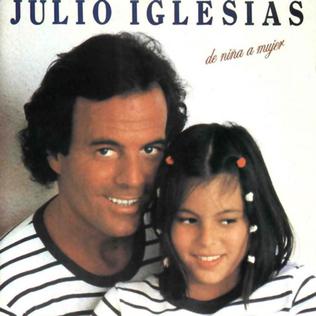
De Niña a Mujer is a 1981 album by Julio Iglesias. The album was his first Spanish-language album to be released in the United States by Columbia Records to capitalize on the singer's rising popularity. The American version was retitled "From a Child to a Woman" and released simultaneously with the original Discos CBS version. The album, as its title implies, was dedicated to his daughter Chabeli, who is featured on the album's cover alongside her dad.

Momentos (Moments) is a 1982 album by Julio Iglesias. By 1984, the album sold over 1 million copies in Brazil. With sales of over 12 million, it is believed to be the best-selling Latin album of all-time.
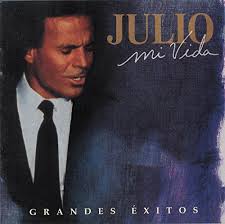
Mi Vida: Grandes Éxitos is a double-CD greatest hits album by Spanish singer Julio Iglesias, released on October 13, 1998 through Columbia Records.

My Life: The Greatest Hits is a double-CD greatest hits album by Julio Iglesias, released in 1998 on Columbia Records.


















